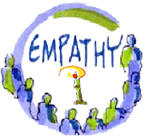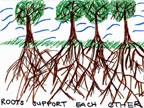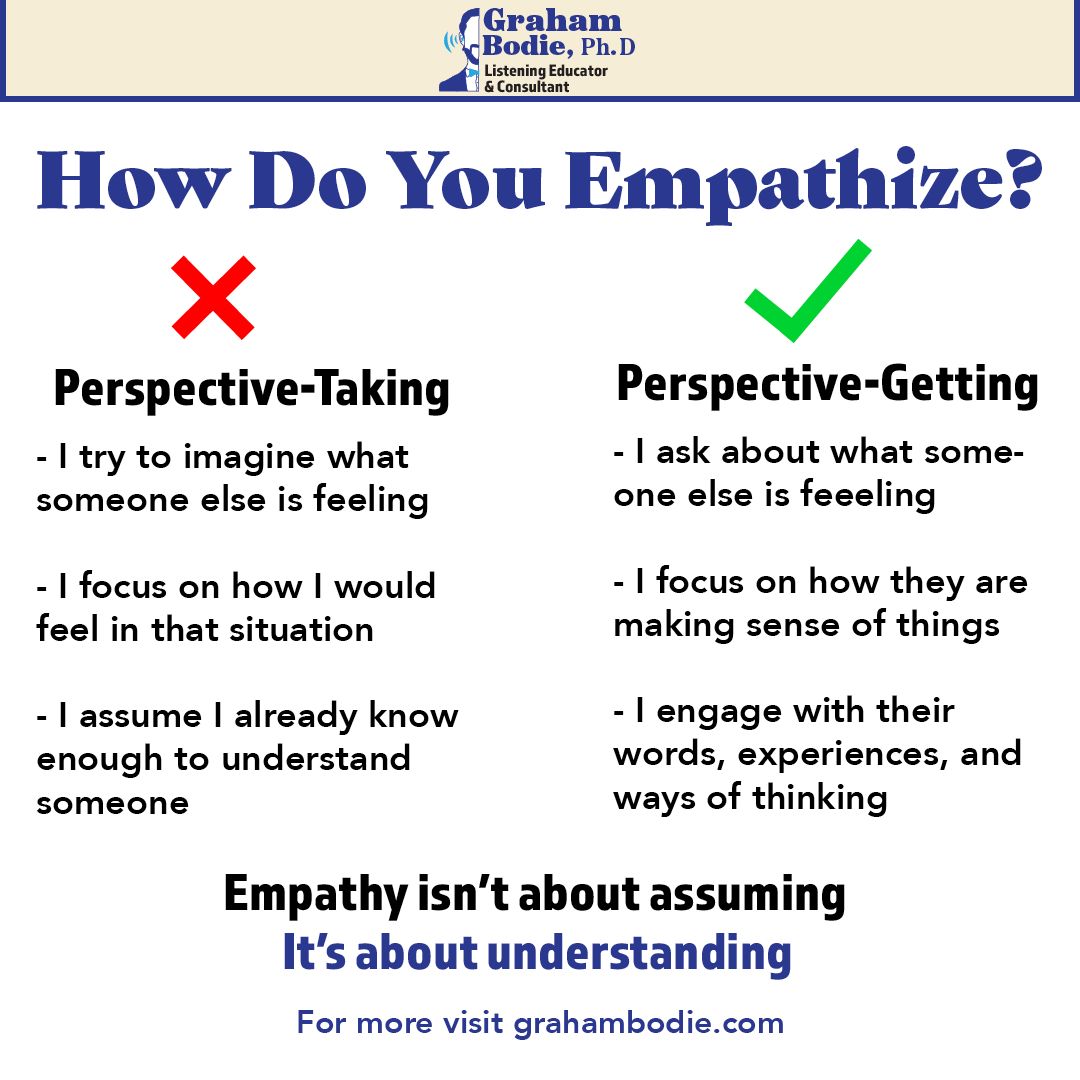|
Quick recap
Edwin and
Graham engaged in an in-depth discussion on empathy, exploring its
definition, components, and role in effective communication and
decision-making. They examined various perspectives on empathy,
including its application in listening, therapy, and societal
interactions, while also addressing critiques and misconceptions
surrounding the concept. The conversation concluded with a focus on
the practical applications of empathy in research, policy-making,
and bridging social divides, highlighting the need for standardized
measurement tools to demonstrate the effectiveness of
empathy-building interventions.
Next steps
Summary
Defining and Understanding Empathy
Edwin and
Graham discussed empathy, focusing on its definition and the need
for clarity in its understanding. Edwin highlighted the confusion
surrounding empathy in academia and the criticisms it faces,
emphasizing the importance of a clear definition for his work on
creating an empathy movement. Graham explained that his LinkedIn
post on empathy was a culmination of a talk he had given previously,
which explored shifting from perspective-taking to
perspective-getting. They agreed to further explore the topic and
potentially collaborate on defining empathy.
Active Empathic Listening Concepts
Graham
discussed the concept of active empathic listening, distinguishing
between academic and corporate interpretations of the term. He
explained how empathy in listening involves perspective-taking,
contrasting self-oriented with other-oriented approaches. Graham
noted that while academic research suggests people are naturally
poor at imagining others' perspectives, this ability is crucial for
effective listening and empathy.
Empathy: Perspective and Connection
Graham and
Edwin discussed the distinction between perspective-taking and
perspective-getting in empathy, with Graham emphasizing the
importance of strategic questions to understand others' experiences.
Edwin shared his work on defining empathy, particularly in the
context of empathy circles, distinguishing between basic empathy,
imaginative empathy, and cognitive empathy. They agreed that while
imagination has a role in understanding others, the core of empathy
involves sensing and connecting with the person's experience
directly.
Imagine Interactions and Humanistic
Therapy
Graham
discussed the Imagine Interactions theory developed by his colleague
Jim Honeycutt, which focuses on effectively planning conversations.
He explained that while imagining interactions can be generative and
helpful, it's important not to replace actual interactions with
imagined ones, as this can lead to misunderstandings. Graham also
touched on the history of humanistic therapy, noting that Carl
Rogers' approach was a paradigm shift that emphasized treating
people as competent and empowered, which is now considered
commonplace but was revolutionary at the time.
Rogers' Empathy Models and Evolution
Edwin and
Graham discussed the concept of empathy, focusing on Carl Rogers'
approach to active listening and perspective-taking. Edwin explained
his simplified model of empathy, distinguishing between basic
empathy (perspective-getting), imaginative empathy (role-playing
scenarios), and holistic empathy (group connections). They explored
how Rogers' work on empathy has evolved into more complex academic
concepts like cognitive and affective empathy, while Rogers himself
emphasized a more holistic and integrated approach to understanding
others.
Listening: From Individual to
Organizational
Graham
discussed the evolution of listening from an individual to an
interpersonal and organizational phenomenon, highlighting its role
in therapeutic change and empathy. He explained Carl Rogers' three
core conditions for therapy: empathy, unconditional positive regard,
and congruence, emphasizing the importance of genuine and authentic
communication. Graham also noted the shift in academic literature
from distinguishing between hearing, listening, and eudaining to
recognizing listening as a higher-order meaning-making process that
involves understanding, comprehension, evaluation, and generating
responses.
Empathy and Listening in Society
Graham and
Edwin discussed the concepts of empathy and listening, emphasizing
the need for a society and government built on listening rather than
just speaking. They explored different levels of empathy, from
individual to societal, and the lack of incentives to value
divergent perspectives. They also discussed the components of
empathy, including cognitive empathy, affective empathy, and
emotional contagion, and the importance of understanding and
perspective-taking in empathy.
Reason, Emotion, and Empathy Models
Edwin and
Graham discussed the challenges of distinguishing between reason and
emotion, noting that reasoning itself has a felt experience and
cannot be entirely separated from emotion. They explored how
emotions are often distinguished by the cognitive context in which
they occur, and discussed dual-process models of moral reasoning
where initial emotional reactions inform subsequent rational
justifications. The conversation concluded with Edwin outlining two
buckets of effective empathy: emotional sharing, which includes
state matching and emotional merging, and emotional reactions, which
can arise from personal experiences or shared memories.
Understanding True Empathy vs
Emotional Contagion
Edwin and
Graham discussed the concept of empathy, particularly focusing on
the distinction between true empathy and emotional contagion. They
explored how therapists and others can maintain empathic presence
without becoming overwhelmed by the emotions of others, contrasting
this with reactions that block empathy such as excessive sympathy or
becoming consumed by another's distress. They also discussed how
some conservative critics view empathy as creating a victim
mentality, leading to a victim-perpetrator dynamic that can be
counterproductive.
Empathy in Decision-Making and
Dialogue
Edwin and
Graham discussed the concept of empathy, focusing on its role in
dialogue and decision-making. They explored how empathy can be
misunderstood as merely accepting others' perspectives without
action, which can lead to critiques like those from Paul Bloom.
Edwin shared his efforts to redefine empathy as a process of mutual
listening and understanding, using the "empathy circle" approach.
Graham emphasized the importance of empathy in complex
decision-making and policy-making, while also acknowledging the
critique that listening alone may not lead to action. They agreed
that true empathy involves understanding others' perspectives
without necessarily agreeing with them, and that it can have
positive physiological effects like reduced blood pressure and
increased connection.
Empathy Tools for Social Impact
Graham
discussed his ongoing research, including a manuscript on listening
perceptions among neurodivergent individuals and the development of
a social cohesion impact measure tool for bridging organizations. He
mentioned the need for standardized measurement tools to demonstrate
the effectiveness of interventions like empathy circles, which Edwin
expressed interest in studying further. They briefly discussed a
documentary on political divides and the potential for empirical
studies on the impact of empathy-building exercises. |







